UpTone Audio JS-2
Contents
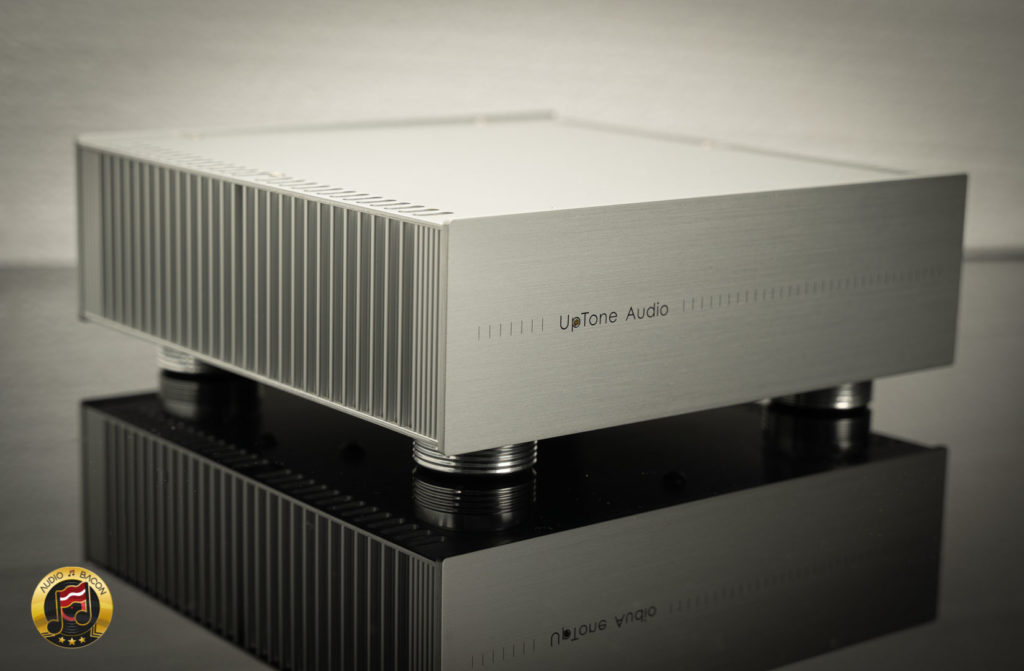
Price: $925 (dual output)
About UpTone Audio
Our mission is to keep introducing affordable audio components and accessories that produce clearly audible improvements in fine music systems. [UpTone will never sell audio “snake oil.” The engineering and sonic effects must be real, otherwise we won’t bother.] Our goal is to grow and conduct our business with personal and professional integrity, and to enjoy interaction with audiophiles worldwide.
I, Alex Crespi, am the sole owner of UpTone Audio and I coordinate all product design, production, and operations. The circuits of UpTone Audio products are engineered by John Swenson, and we work closely together on a range of groundbreaking projects. I have known John for almost 17 years, and feel privileged to be able to work with him, to co-create and produce products from his inspired circuits and concepts, and to count this brilliant man as my dear friend.

John Swenson on the benefits of a choke-filtered linear power supply:
The traditional cap only filter (transformer, diode bridge, big cap) produces raw DC with a sawtooth riding on top. That sawtooth produces lots of high frequency components that the regulator has to deal with. Traditional regulators do very well at low frequencies, but have lousy characteristics at high frequencies which means a fair amount of those high frequency components from the cap-only filter get through to the regulator. Fancy discrete regulators do well at blocking the high frequency components, but add cost and complexity to a PS. Our approach is to use a properly designed choke-based supply whose ripple is a perfect sine wave, no high frequency components, thus a traditional regulator works very well. The discrete regulator is not needed to deal with the high frequency components, since there aren’t any.
All diode types except Schottkys emit a burst of ultrasonic noise as they turn off. This noise can go forward into the load circuit AND it can go back into the AC line, and it can also excite the transformer resonance. The “slow” diodes still have this ultrasonic noise. Schottkys are the only type which do not have this noise. Schottkys also usually have about half the voltage drop of other diode types and are usually faster. Which type to use depends a lot on what your supply looks like and what you are trying to optimize for.
With a traditional low voltage design with a large cap right after a bridge you get large current spikes, these produce a large amount of high frequency noise which needs to be filtered by what comes after the cap. In this type of circuit the slow diodes can help cut down on the extent of the high frequencies generated by the sharp high current pulse. BUT they still generate the ultrasonic noise.
This is another reason why we like to use the choke-based design. With the choke there is no steep high current pulse, so no disadvantage to Schottky diodes. You get the advantage of no ultrasonic noise, lower voltage drop (so lower power consumption in the diode) and no big massive current pulses.
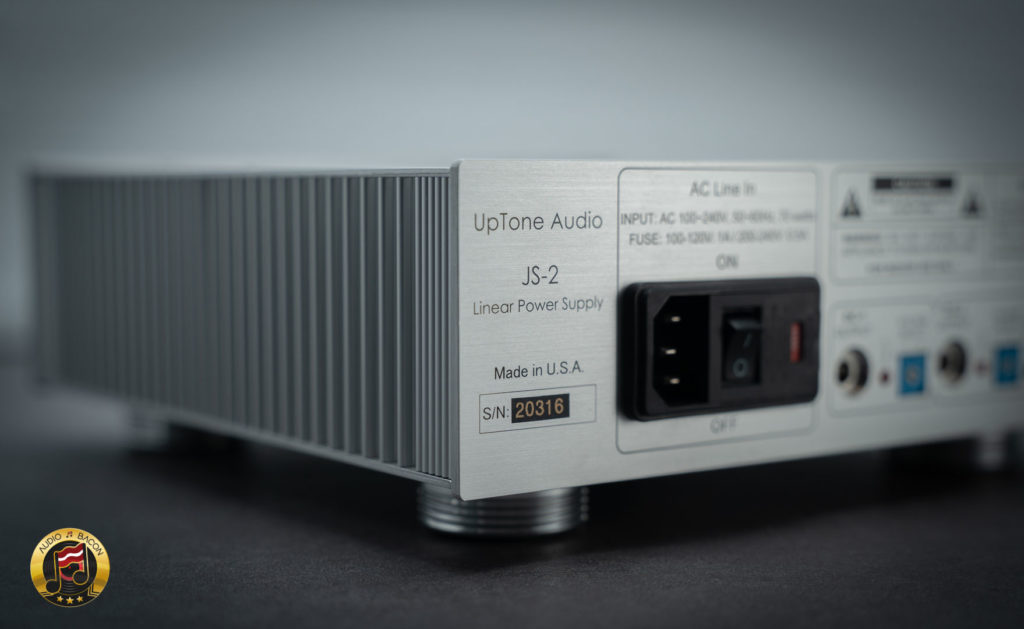
Build & Specifications
Superficially, the UpTone Audio JS-2 is probably the most sumptuous power supply in this review. Compared to the other power supplies, I personally prefer the look of this one with the subtle orange LED. But it’s not only aesthetically pleasing, it feels well built and robust.
- The JS-2 is capable of continuous current output (from either rail) of:4.3A at 5V, 5.5A at 7V6.8A at 9V7.4A at 12VThose maximums are reduced when both independently-regulated outputs are used simultaneously, depending on voltage setting and loads at each.
- Upon special request (at no extra charge) we can provision the DC2 output rail to have a 15V setting (client chooses which stock setting, 5/7/9/12V to trade away for the 15V setting). At 15V the JS-2 can deliver 4.4A.
- Wait time for someone ordering a JS-2 is always only 1-3 weeks (quoted at time of order) as we consistently build 25 units every 6 weeks. There are now more than 1,000 JS-2 units in the field worldwide and it is incredibly robust and reliable.
- The JS-2 at $925 comes “free” with one of our custom 1.5m Oyaide/Belden 15awg shielded, star-quad DC cables–always with 5.5mm x 2.5mm plug at the power supply end, and client choice of 5.5mm x 2.5mm or 5.5mm x 2.1mm at the device end. A second cable can be included for $75 more—again with choice of device end plug size (but always 1.5m length).
- Dual-output, choke-filtered linear power supply with four user-selectable DC output voltages.
- Guaranteed current capability is 5 amps continuous from either output at any voltage setting. Up to 7.0 amps split between outputs, depending upon DC voltage combination; Instantaneous capability of up to 10A.
- Outputs: 2
- Transformer: Electrostatically shielded 100VA R-core
- Voltages: 5V, 7V, 9V, 12V
- Dimensions: 9.0 inches wide x 9.1 inches deep x 3.3 inches tall (with feet).
- Weight: 10.5 pounds
- Warranty: 3-year parts and labor (excludes shipping costs after 90 days).
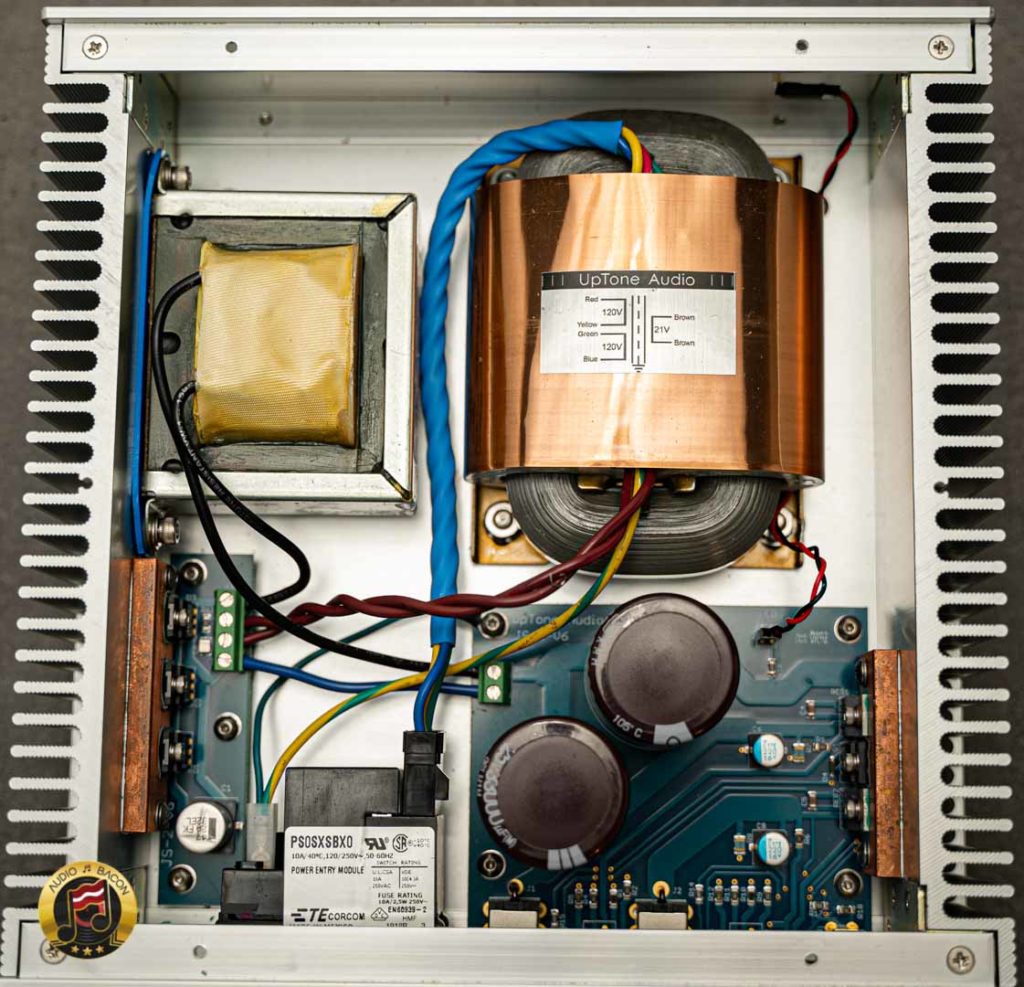
Overview
When I first gave the JS-2 a listen, I really enjoyed it. It didn’t draw too much attention to itself but I was satisfied with what I was hearing. This power supply is one of the more “energetic” and balanced ones in this comparison. It doesn’t try to tilt too heavily towards any specific sonic character. There’s great rhythm and brilliance across the entire spectrum.
On subsequent listens, the recurring theme was “Not bad at all. I like it.” The JS-2 has a good balance of all the technicals and doesn’t overdo or artificially hype anything. Details and texture are real-ish. And it’s a clean sound with good extension and a very broad soundstage.
I could hear what it was missing relative to the other supplies (mostly meatiness and articulation), but I think it has enough drama, power, and verity to please most ears. It’s not the smoothest or the most controlled, but it organically etches out some finer grain details. It also outperforms most of these power supplies in the treble region. Stringed instruments in particular have an abundance of air, sparkle, and speed. And notes are held with the right amount of sustain and intent.
Overall, the JS-2 is a fun and exuberant power supply. Its avidity produces vitality with a touch of gold. You’ll get a clean and transparent sound with a wide soundstage. Most importantly, it preserves the essence of the recording. This truthfulness is a rarity in many power supplies (and audio gear in general).
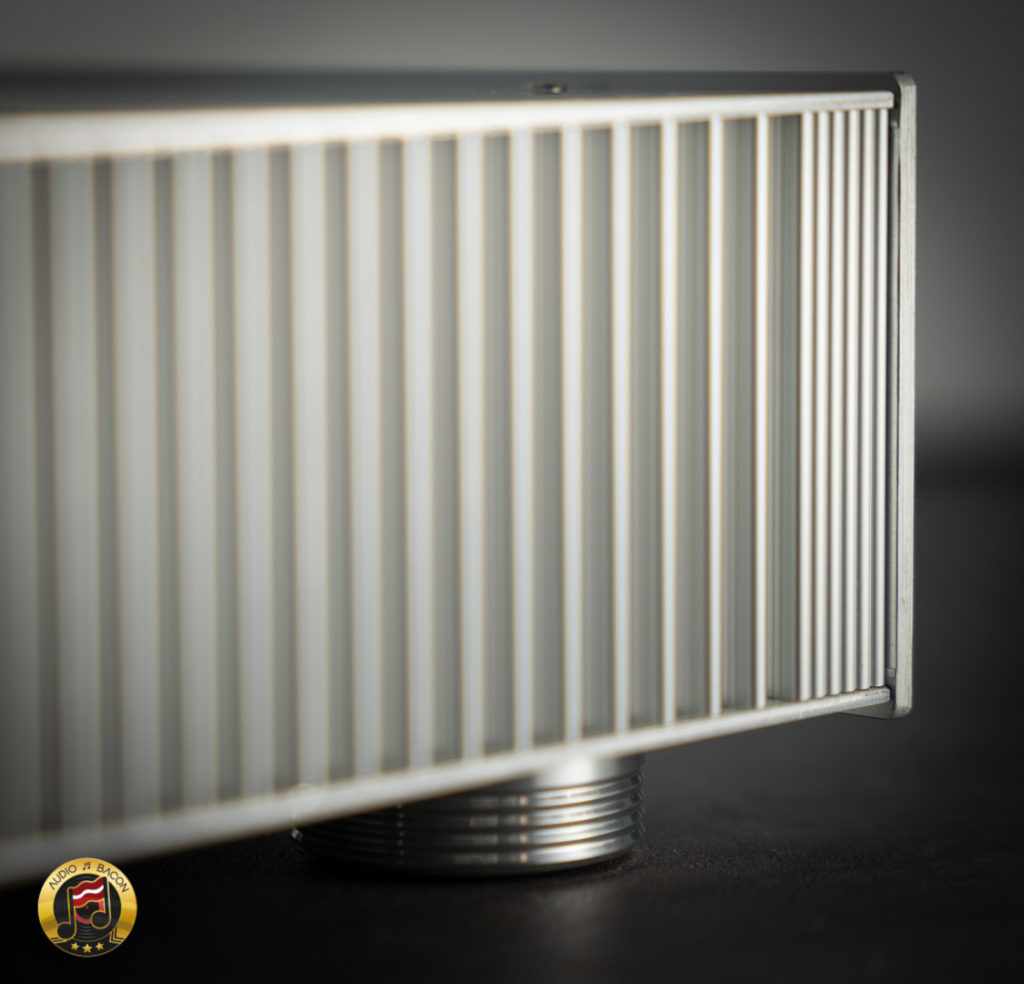
The Sound
Although the bass won’t split the floor open, the JS-2 is fast and punchy. It has appropriate cadence and confidence. Just enough to build an emotional connection to the music – and keep the listener engaged. The JS-2 is all about that free-spirited romance.
The soundstage is broader than it is deep. Meaning the frontal and back distances are closer together. Also, the spatial definition sits more in front of you than around you. You’re basically listening from a few rows back. Highlights aren’t glossy but have true texture and material. As such, the JS-2 is capable of beautifully reproducing the timing of reverbs and decay.
Just Right
The midrange is decently fleshed out – and is surrounded by collective bags of insight. It’s lucid but in a more informative and expressive way rather than being embellished.
Although aural shaping isn’t the JS-2’s best strength, it has better texturing and tonality than even the much pricier Sean Jacobs DC4. Resolution and air are also another nice quality. But above all, I think it reproduces treble very truthfully. Woodwinds and sopranos sound more like the real thing.
As far as tonality, the JS-2 doesn’t come off neutral or overly warm. More of a tepid tone – but still organic. Sometimes it sounds warm enough for my ears. And I’m glad it steers clear of being colorless and gray. It’s an enjoyable, even-handed tone that is luminous when needed.
Tradeoffs
The biggest drawback of the JS-2 is probably its lighter amount of fullness and body. It’s not a very meaty-sounding power supply. But it isn’t unbearably thin either. It’s just more lightfooted and tactile than it is tangible.
The JS-2 also doesn’t have razor-sharp delineation. You won’t get that precise, pinpoint imaging. But it’s far from sounding smeared. It still has a good balance of weight and provides enough musical connective tissue. When the track gets busy, however, the JS-2 does get a little soft and loses a bit of grip. It’s still able to convey the mood and momentum of the music very well. Just not as precisely.

Who Should Buy the UpTone Audio JS-2 Linear Power Supply?
Get this power supply if you enjoy a more uppity and fun power supply. It doesn’t have the most molded sound, but it’s transparent, organic-ish, and the tactility in the treble region is hugely addictive. Also for such a small power supply, dual-rail with four adjustable voltages, you get a lot of flexibility and value for your money.
Pros | Cons |
|
|
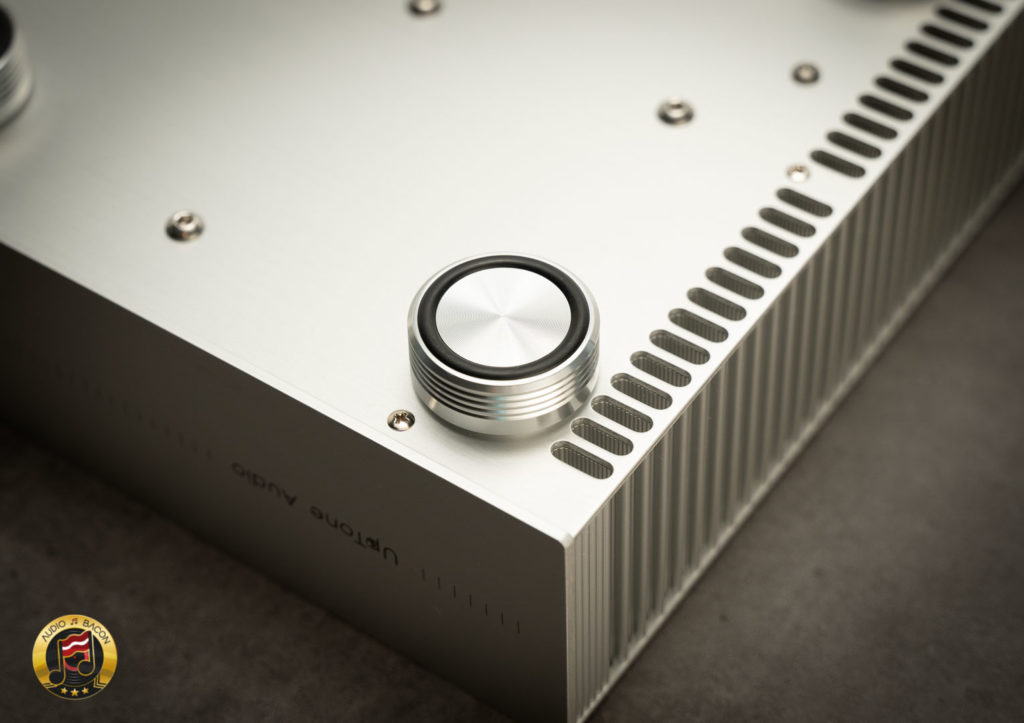
Comparisons
vs. Mojo Audio Illuminati v3
- The JS-2 isn’t as analog sounding, but offers more shine and vibrancy.
- The JS-2 is thinner and not nearly as dense as the Iluminati v3.
- The JS-2 has more texture, transparency, and detail. Also tighter imaging.
- The JS-2 has more grain and roughness while the Illuminati v3 is meatier and smoother.
- JS-2 has more accurate treble but Illuminati has much beefier bass.
vs. Sean Jacobs DC4
- The DC4 has far better separation and contouring.
- DC4 layers out the music much better.
- The DC4 is much smoother.
- JS-2 is much quicker, cleaner, and more transparent.
- JS-2 has a much larger soundstage.
vs. Paul Hynes SR7
- The SR7 has far better separation and contouring.
- SR7 layers out the music much better.
- The JS-2 is leaner than the SR7. Not very dense.
- JS-2 has much higher energy, good detail, and more accurate treble.
- JS-2 has a larger soundstage.
- JS-2 has more natural tone.
- SR7 articulates the “fabric” of the music more granuarly.
vs. JCAT Optimo 3 Duo
- The Optimo 3 Duo is darker and meatier.
- Optimo has much better quality and more present bass.
- JS-2 is more elevated and has truer top-end reproduction.
vs. Farad Super3
- JS-2 has more dimension, depth, and a sound that will tickle you. The Super3 is slower and more compressed.
- The Super3 is more balanced and doesn’t really overemphasize anything. The JS-2 is more fun and engaging – but is more aggressive.
vs. Plixir Elite BDC
- These two have very good treble.
- The Elite BDC has more detail while the JS-2 is more tangible.
- The Elite BDC has a cooler tone.
- You could hear the shape and dimensional space of the music more with the Elite BDC
- Elite BDC has far better bass output. Both in weight and tightness.
- JS-2 has a more natural tone in comparison. Which makes it enjoyable for most of the music I listen to (Hip hop, R&B, pop, acoustic).
- JS-2 is meatier and more congealed.
- Elite BDC has more inner resolution.
vs. Fidelizer Nikola2
- The Fidelizer has truer tone.
- The JS-2 skews towards the brighter and airy side
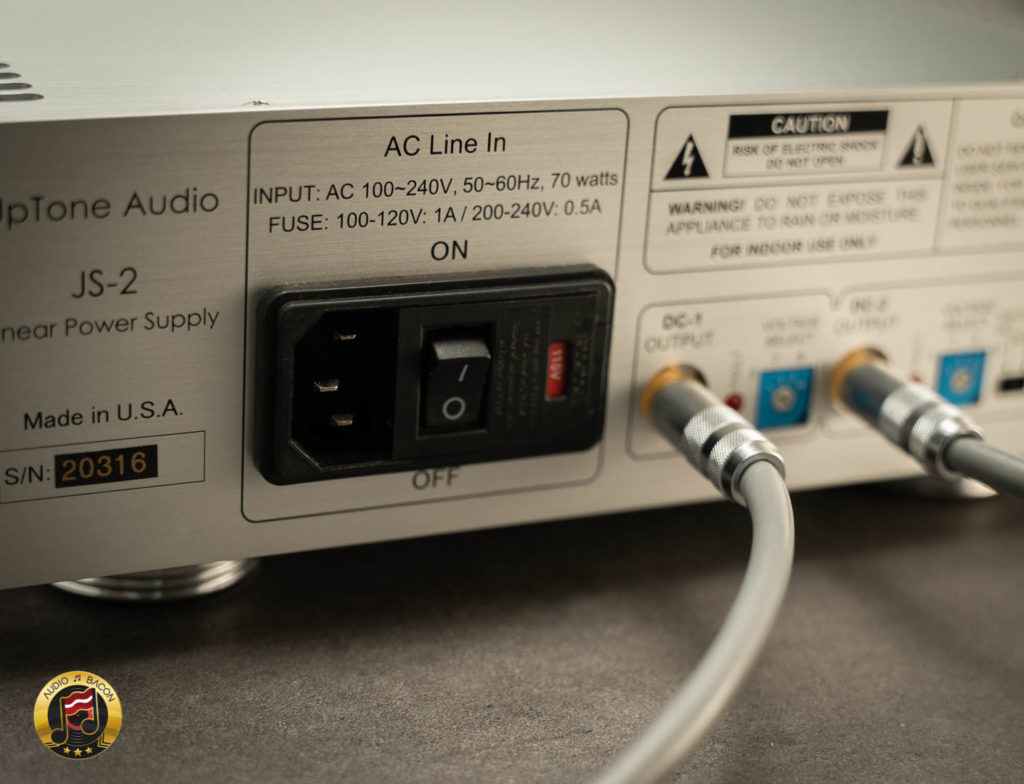
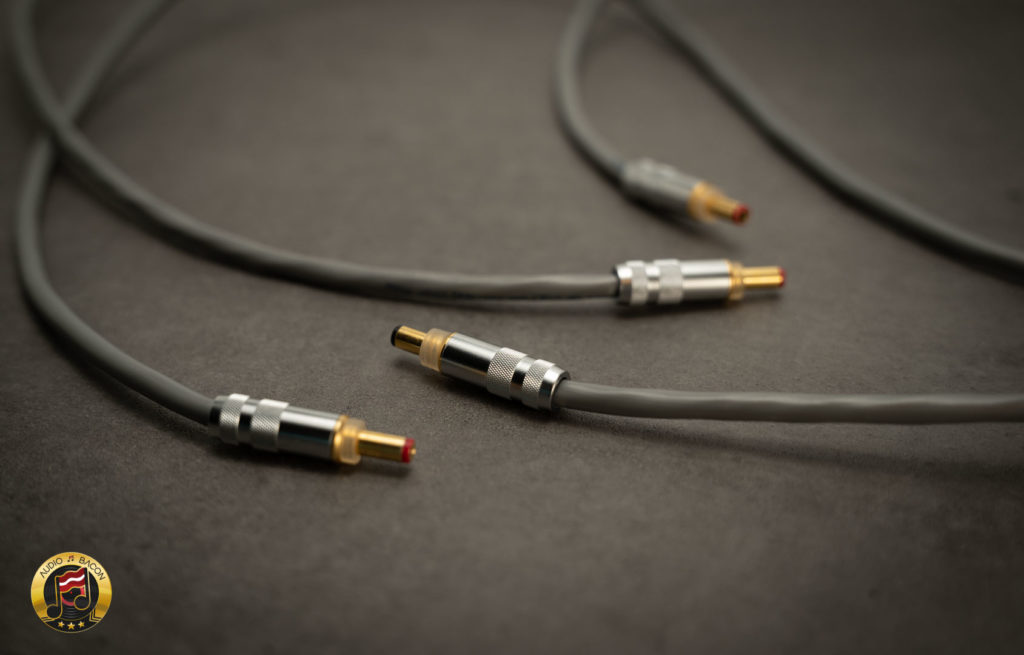

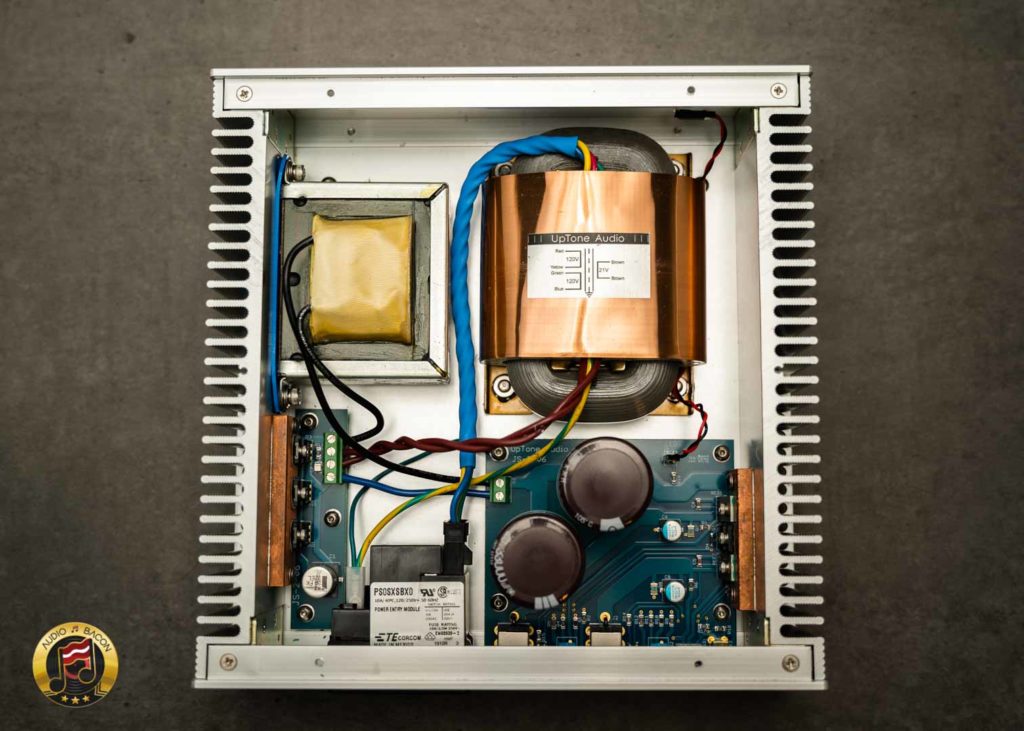
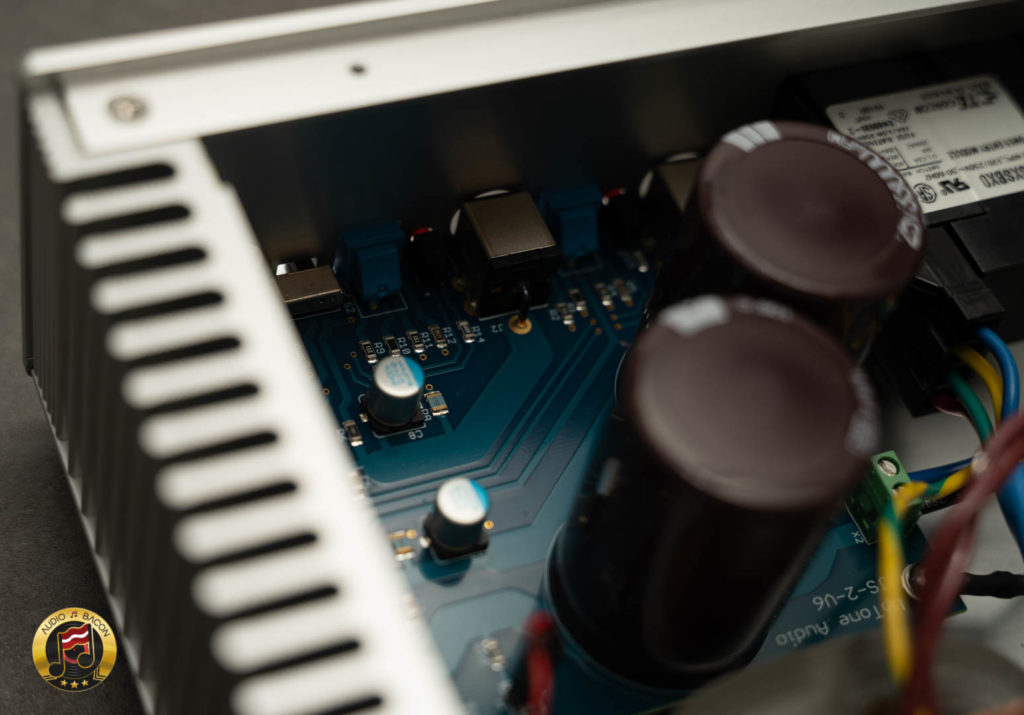
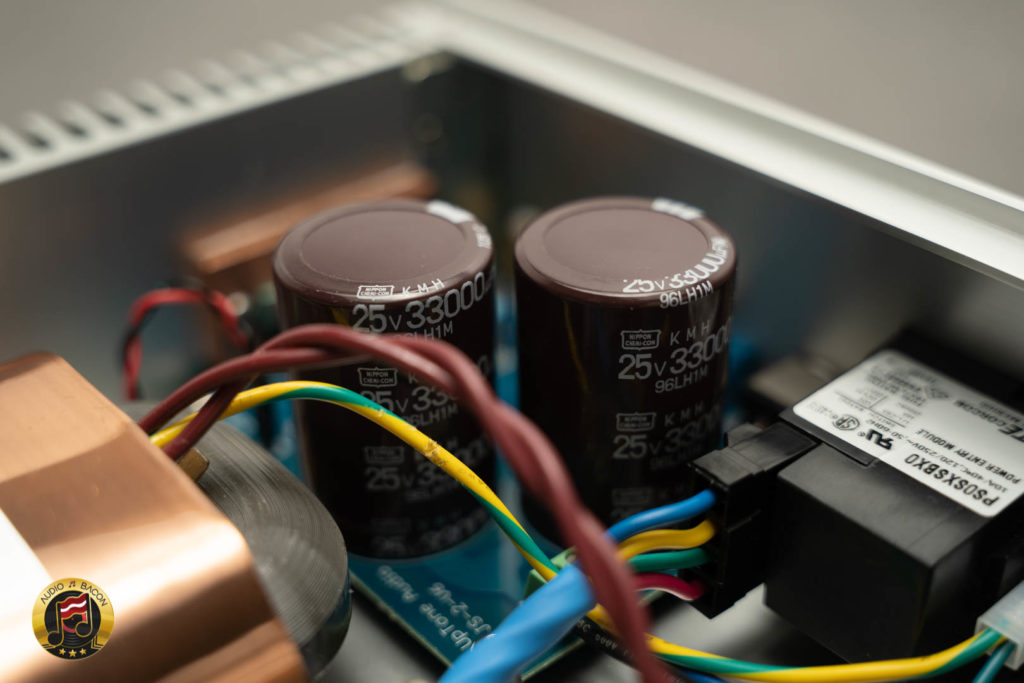
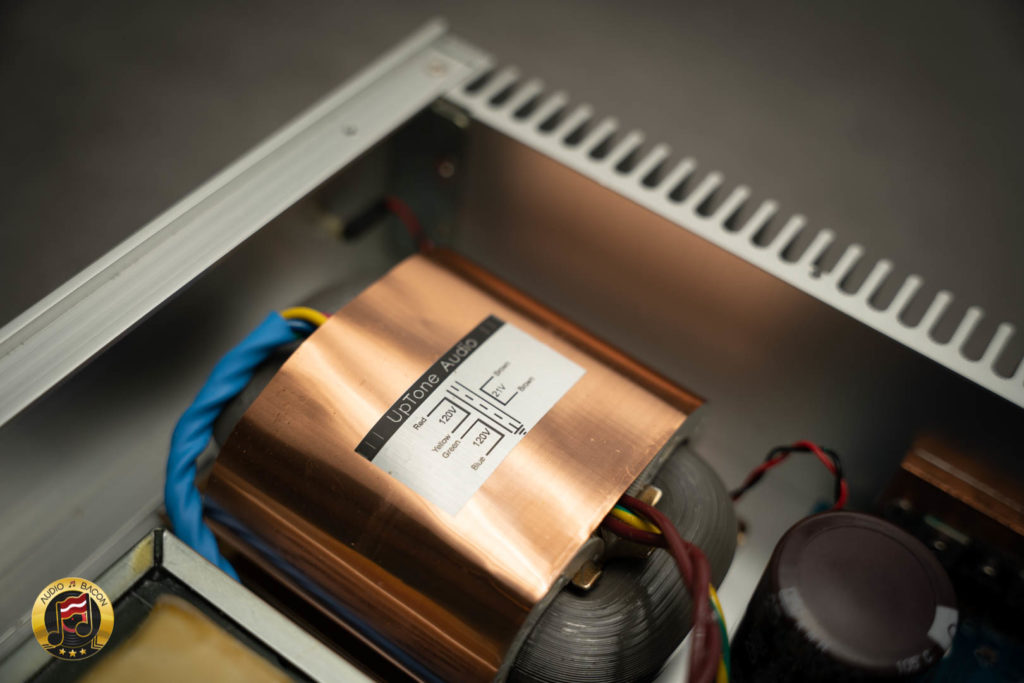

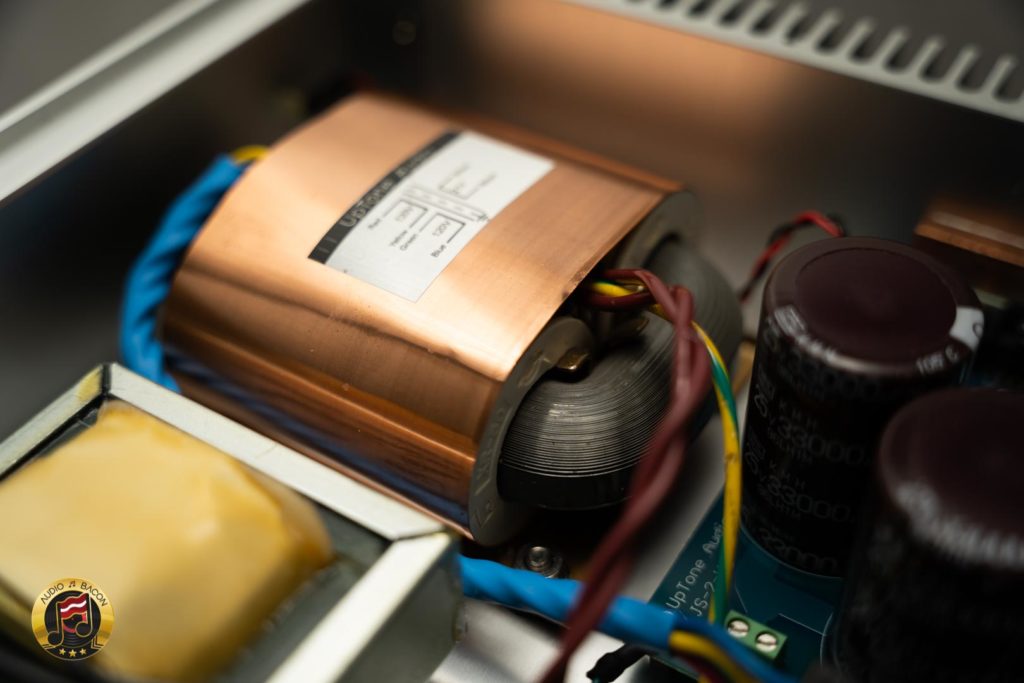
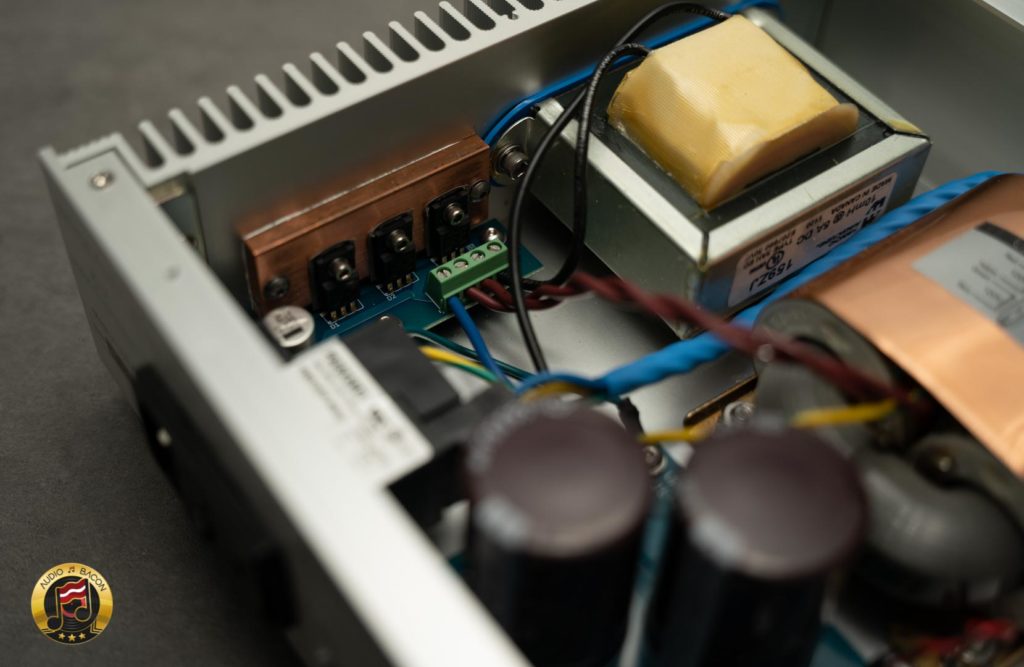

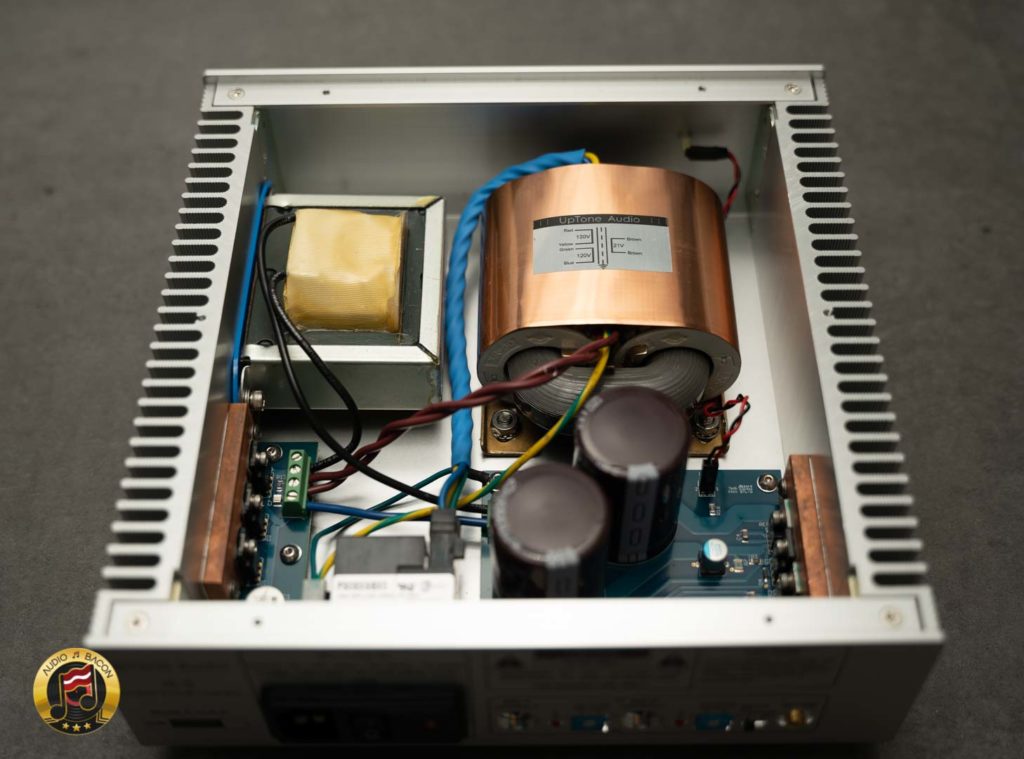


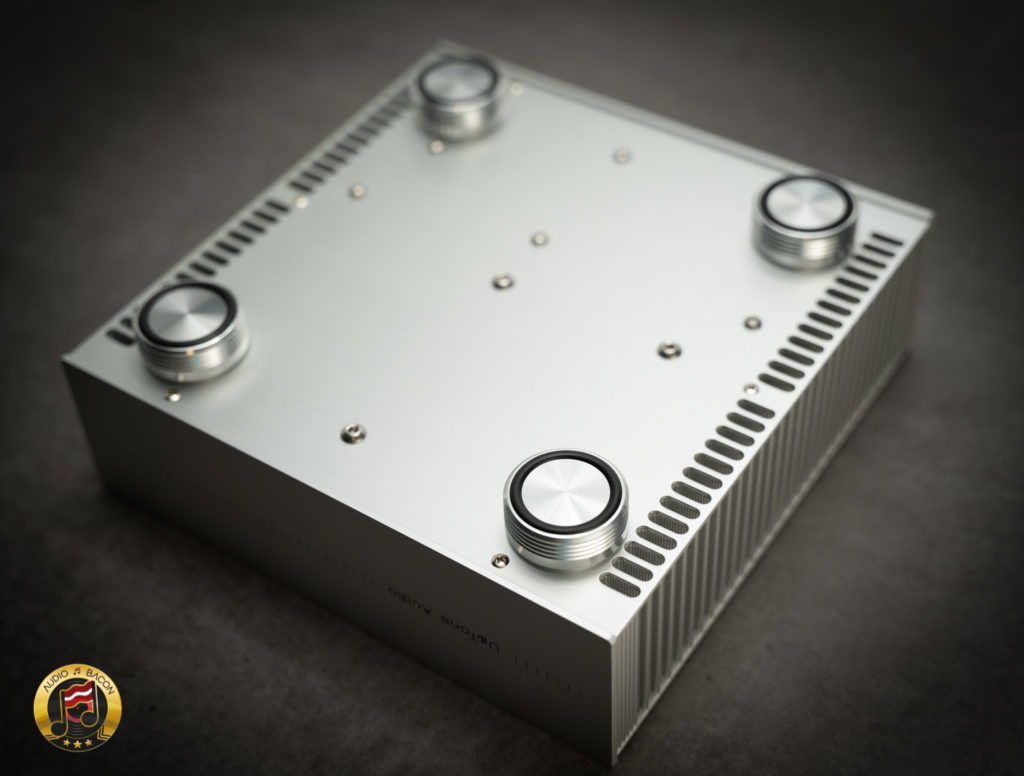



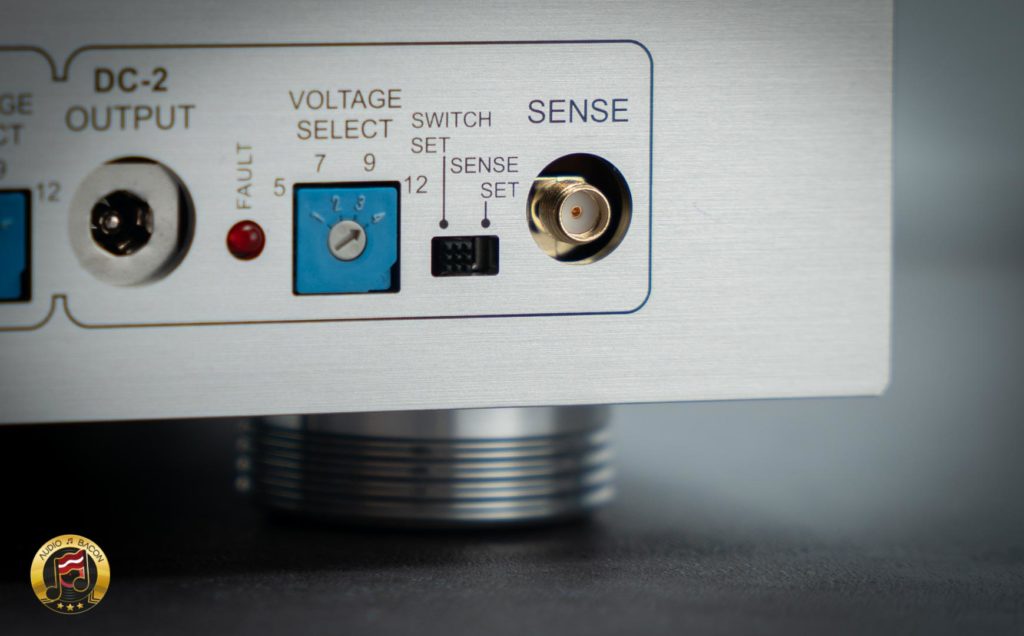



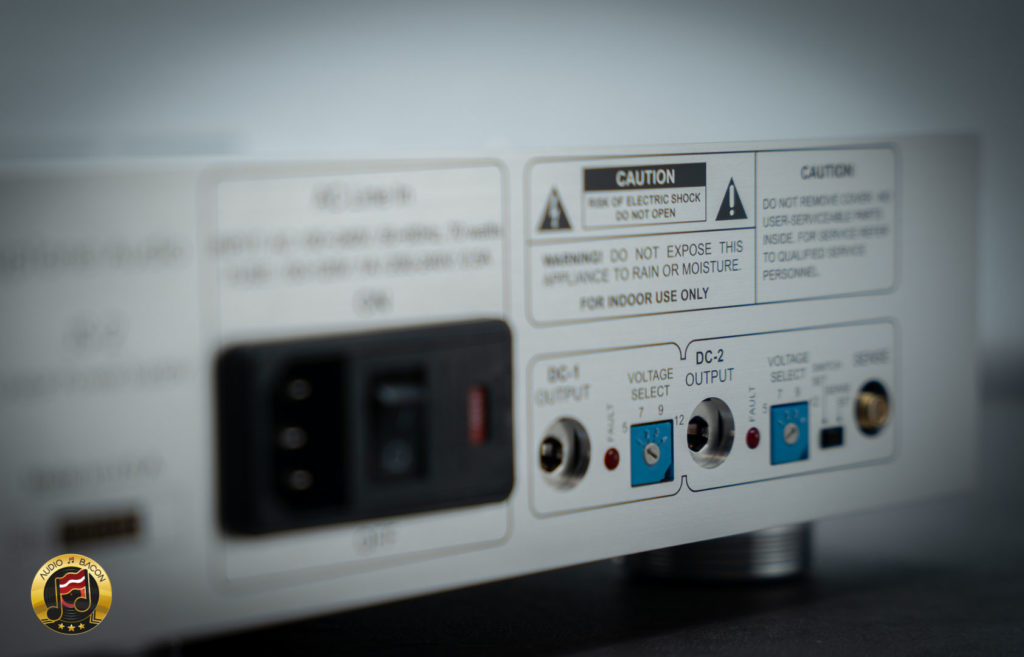
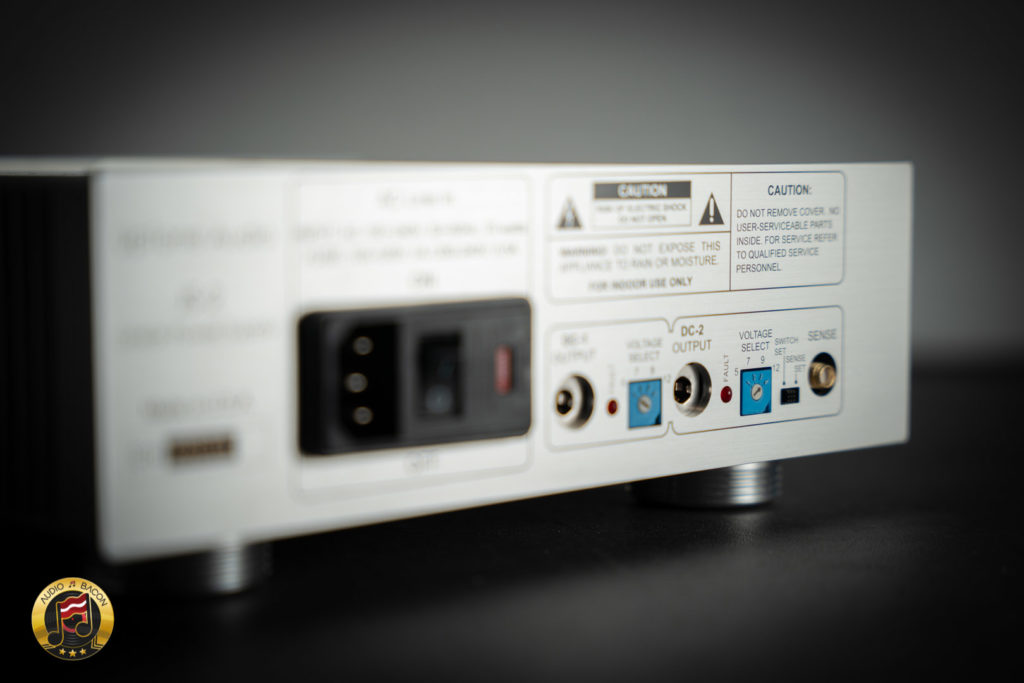
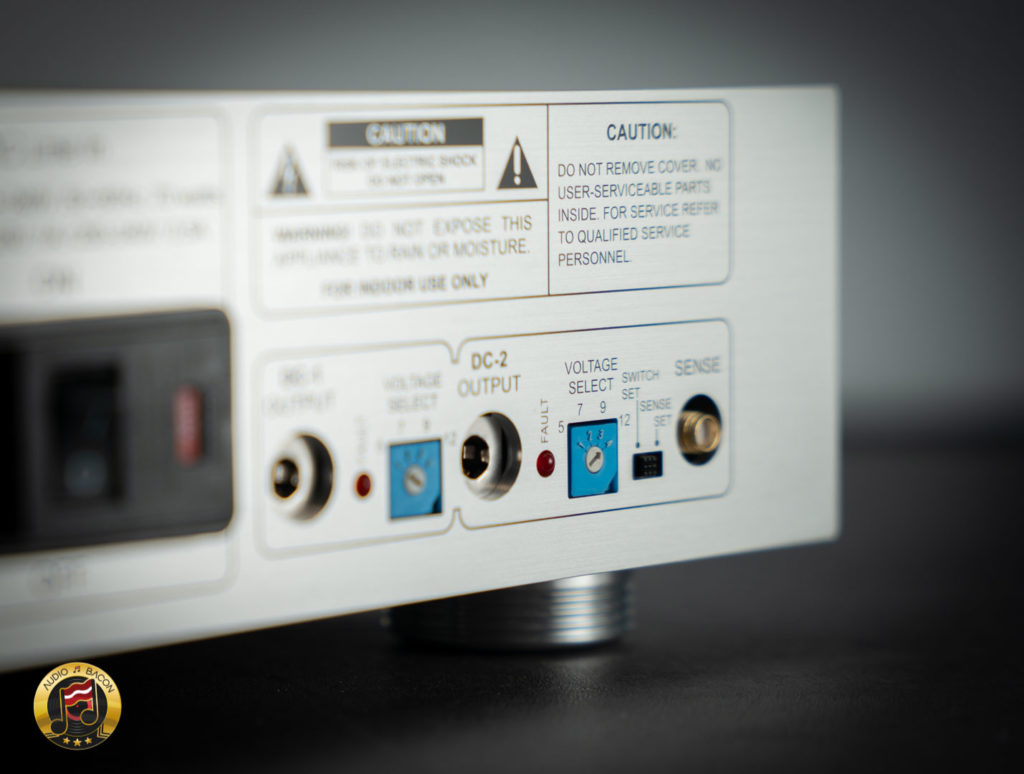


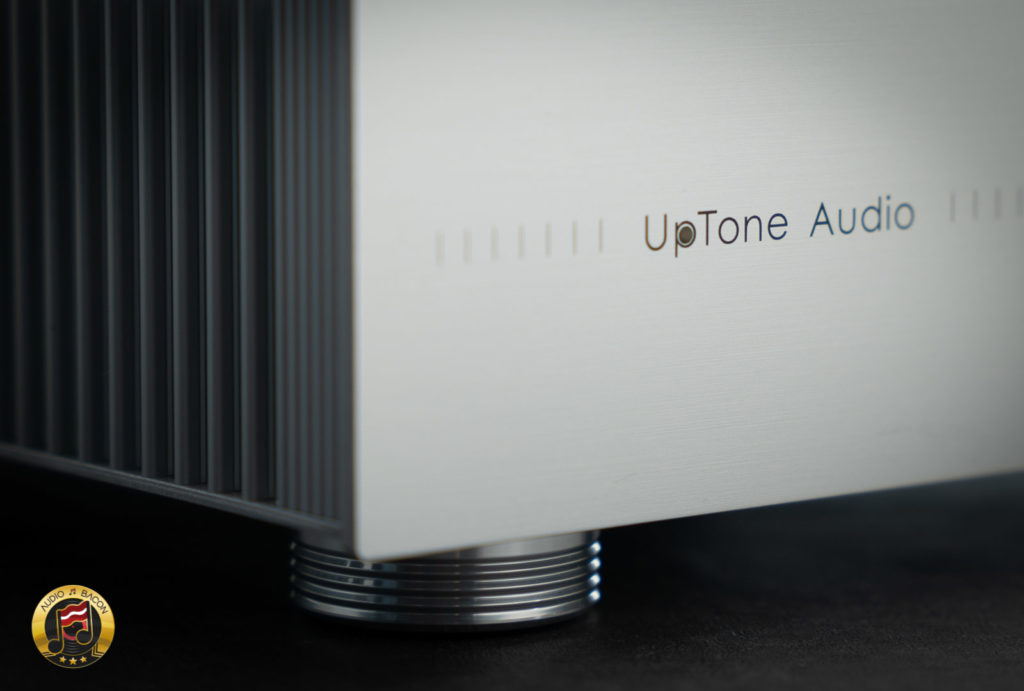
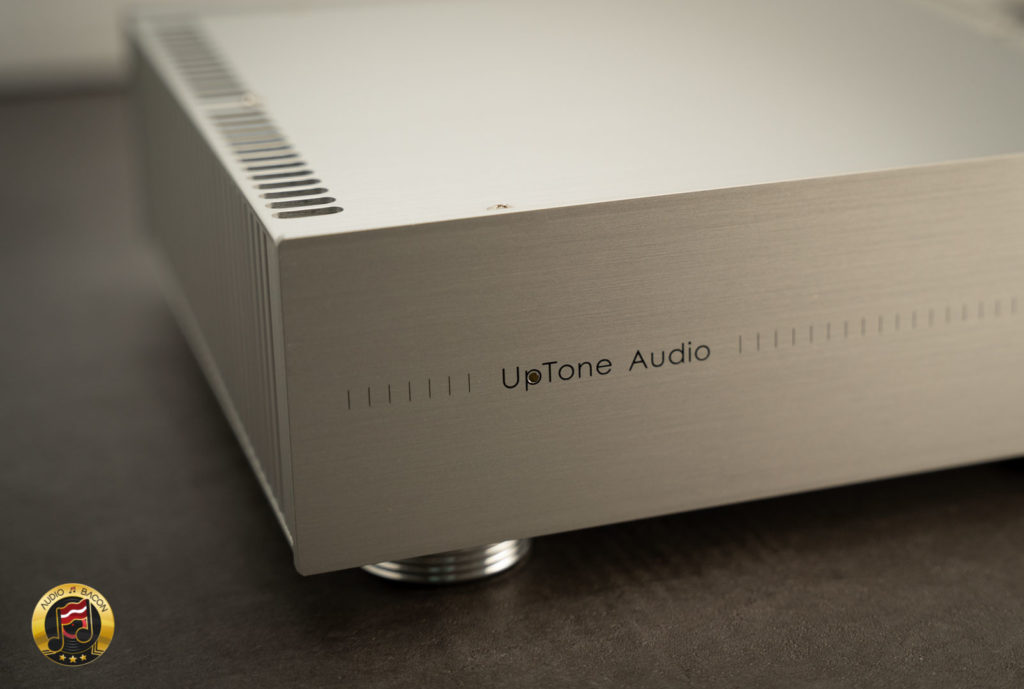

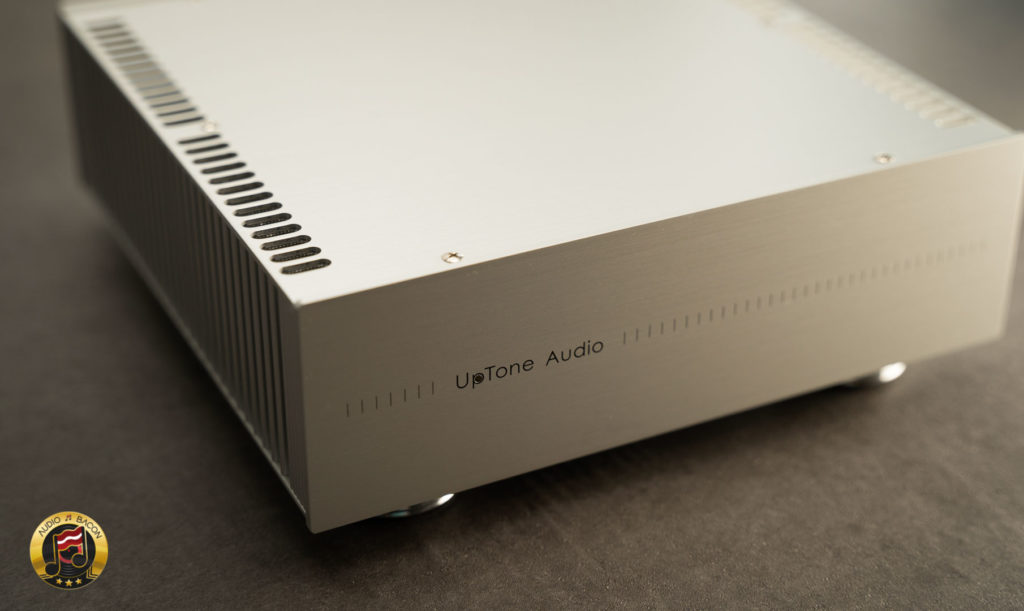
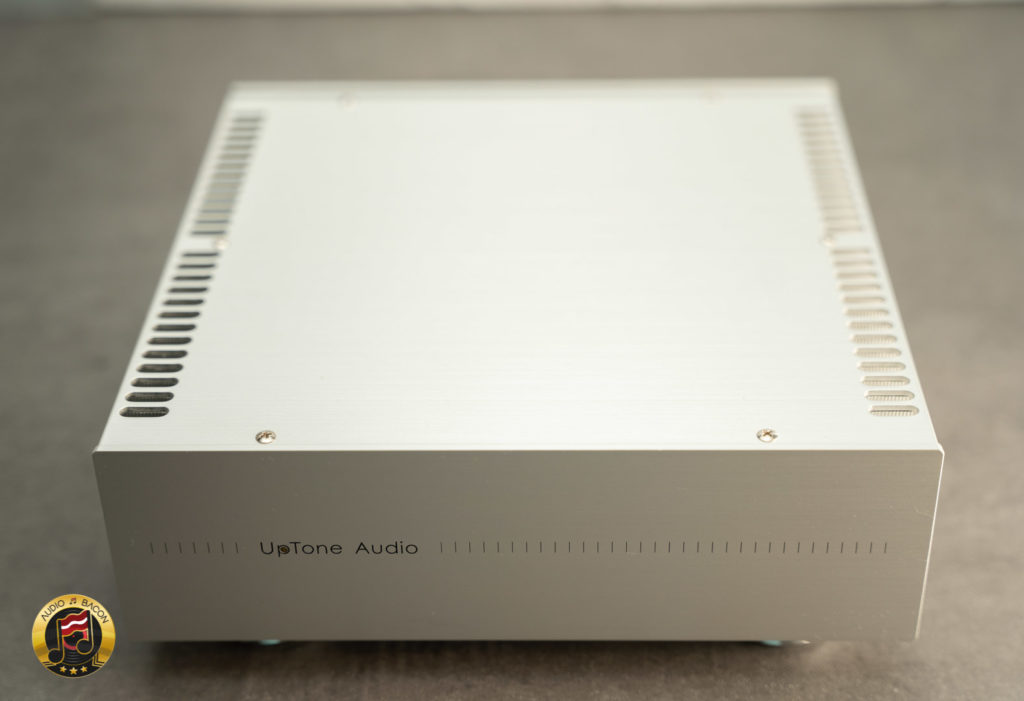
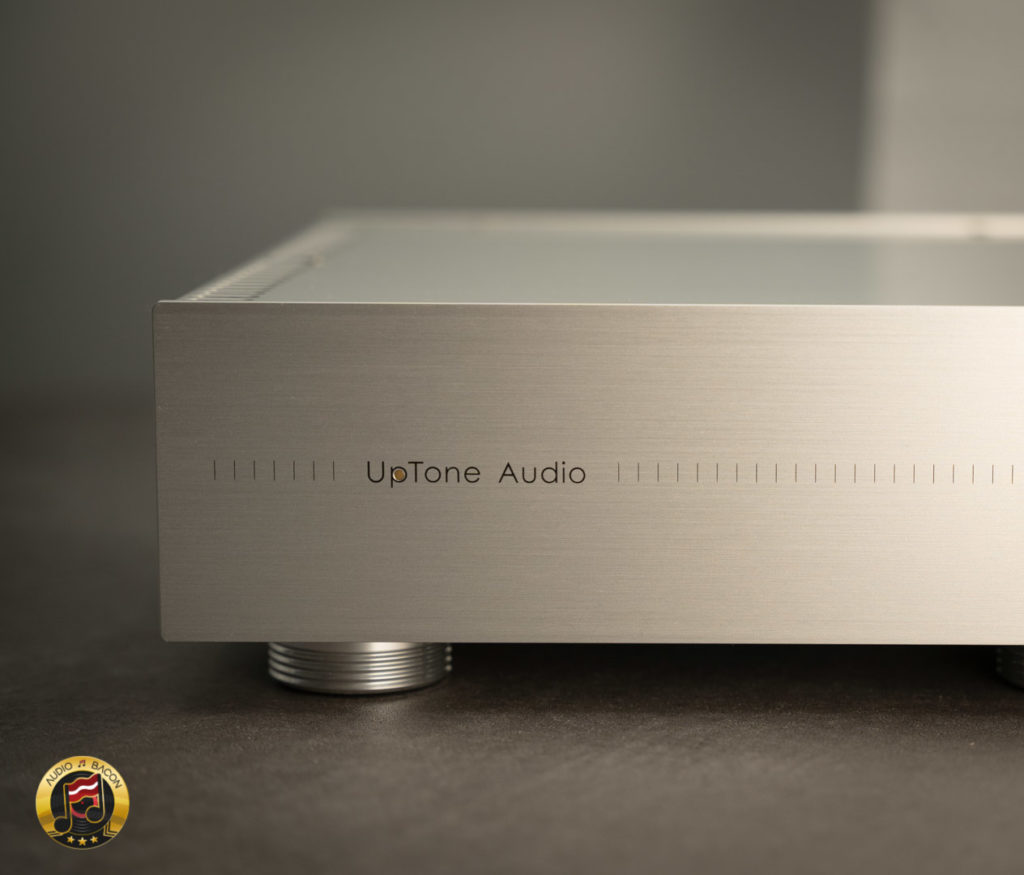
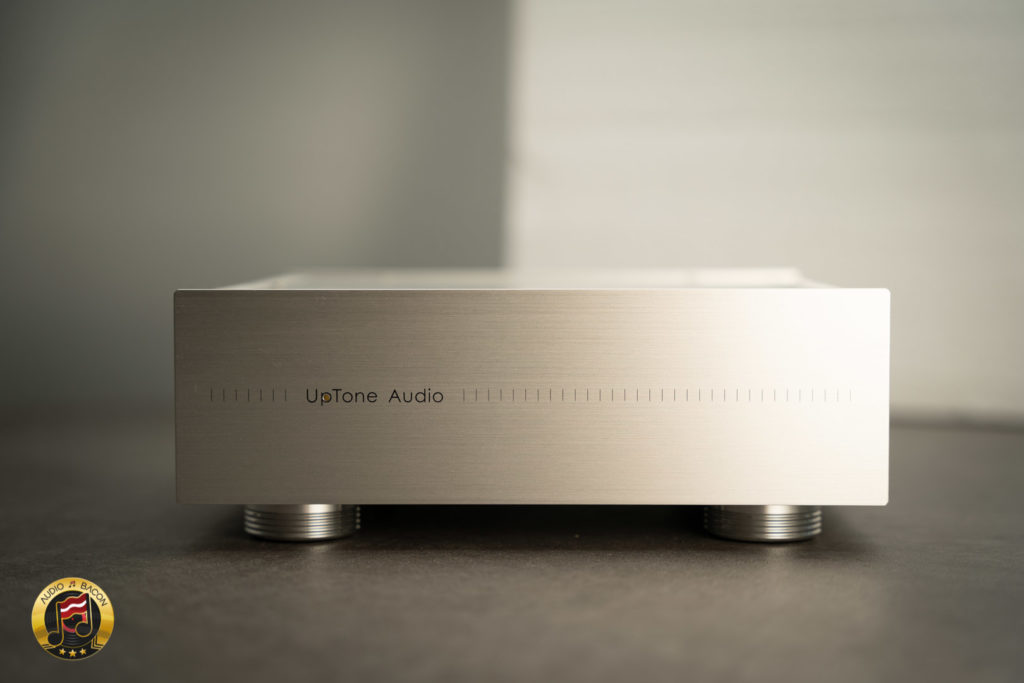




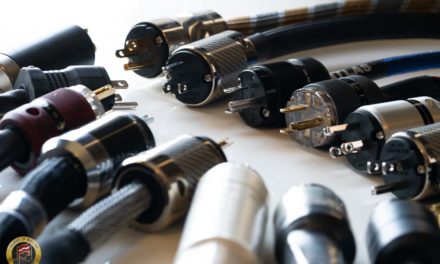


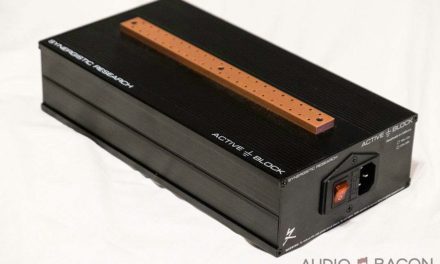

Well Jay, you have only just gone and done it again. Another mammoth review. Don’t you ever sleep!?
As a Dave owner I was lucky to obtain the first production version of Sean Jacobs DC4 and have been using that ever since with a big grin on my face every time I use the Dave. It has possibly been the biggest improvement to the sound of my system (with the possible and honourable exception of my own Wave High Fidelity STORM dual BNC cables of course!).
However all of that is about to change because Sean has been kind enough to loan me a prototype of his new ARC6 version of the DC4 power supply. Having had the Dave all this time I was not aware of any deficiencies. That was until I plugged in the ARC6. As you say in your review the DC4 is a master at revealing the texture of instruments but now the ARC6 version has a transient speed to go with that textural information. It is a quite uncanny combination. The bass is also deeper and more powerful and yet manages to more detail and information in it at the same time.
You will gather that I like the ARC6 upgrade to the DC4 for the Dave. It is a huge upgrade to the Dc4. I understand that existing owners of the DC4 can have theirs upgraded to the ARC6 version by returning to Sean or to one of his agents in the USA or EU.
But that is not really why I was minded to put pen to paper in response to your review. A few months ago I did my own private shoot out of power supplies powering the Qutest. These included the Sbooster with Ultra Mk2 upgrade, Farad Super3, Allo Shanti, MCRU, Sean Jacobs DC3, PowerAdd battery, iFi, a cheap LPS from China and of course, because I could, the 5V rail from a DC4. Broadly I agree with all your comments and in the end I used the Farad Super3, not because it was the best but because it was a reasonable amount of money to spend for the performance gain with a Qutest. One thing to say about the value for money Allo Shanti is that if one has the necessary skills it takes a leap forward in sound quality if the supplied captive leads are removed from the circuit board and GX16 sockets are installed allowing after market DC leads.
I have more recently listened again to a DC4 powering the Qutest and although first time around I rejected the idea of a single rail £4,000 DC4 powering a £1.200 Qutest as being any where near a sensible decision I have now begun to wonder whether in fact it brings the £5,200 combination up to a level of similarly priced DACs and I think it might just do that. Such is the benefit of the DC4 with a Qutest.
So, thanks once again for the huge undertaking and it is nice of course to see you still using my WAVE STREAM cables with your Dave. 👍
Nick.
I would be curious to hear the ARC6! Is there a tonal color difference between DC4 and ARC6? More shine?
I agree, the Farad Super3 is a great value, especially if you enjoy that more liquid and smooth sound. From memory, I thought the Mojo Illuminati V3 paired well with the Qutest. And I could definitely hear the potential of the Shanti, the price is incredible for its performance (but critical listeners won’t be happy). GX16 sockets with custom cabling would be interesting.
Have you tried batteries?
I run my RME ADI-2 fs DAC and streamer on pure LiFePo4 cells (without any battery management electronics of course). The DAC uses 4*3.2V 20AH cells in series, and the streamer 2 of the same in series. The batteries last more than a day so I charge at night when sleeping.
It would be interesting to know how batteries like these compares to the better power supplies.
Yeah, I was thinking about including batteries as well. Which specific ones would you like to see?
I think the more “pure” cells you use the better, and not small AA or similar batteries. Here is the ones I use:
https://shop.gwl.eu/LiFePO4-cells-3-2-V/LiFePO4-High-Power-Cell-3-2V-20Ah-Alu-case-CE.html
Of if you want one ready made for RME DAC, this one works (its just 4 cells in series), should be similar available in NA if that’s where you live: https://shop.gwl.eu/LiFeYPO4-batteries-12V-1-1/Lithium-Battery-LiFePO4-12V-20Ah.html
But basically you want low internal resistance in combination with pure cells. For example, a power pack used for mobile phones sounds a lot worse (they have switched DC regulators inside to get to 5V).
It also important to stay away from “battery management”, even if you risk damaging the cells if overcharged or undercharged. Those battery managements are filled with switched cheap electronic.
I then have 18 awg OCC coppar cables with cotton sleeves as only insulation, soldered to a DC connector of copper.
A whole nother world there! I’ll look into it.
Yes, it is. I like the sound of my LiFePO4 batteries though, and LPS manufacturers often use batteries like those as “reference” to compare with (or so I have heard).
It’s also worth mentioning that Stromtank (a really expensive HiFi power gear) uses LiFePo4 cells for their “magic”, but enough of them to also drive power amplifiers.
You should include some of Gieslers power supplies. Aussie seller very high quality supplies. Kraftwerk 2
https://www.gieseler.com.au/product-page/kraftwerk-ii
Not even a Contact Us email address. Doesn’t infuse confidence unless you’re inside Australi and can call them.
Would been nice if u would included Ferrum Hypsos!
https://ferrum.audio/hypsos/
They said they would send the Hypos in…but I never received it. Will check again.
Amazing post Jay. The table of results especially. I’d also love to know where the Hypsos ranks if they ever send you one.
Thank you! Yeah, I haven’t heard back from Hypsos. Oh well.
Hello,
Maybe invest in some gear to measure them Jay?
Best regards
Geoff
Pachanko Stellar LPS would have been also interesting to see compared with all these.
Request sent.
Cool : )
Please consider the SOtM SPS-1000. I heard its very good.
great work – thanks a million!!
comment to the Sbooster PSU: i kind of relate to your findings (using mk 1 version), adding (now unavailable) Padis fuse and Furutech Absolute Power adds LIVE to it. yet, possibly also to all other PSUs tested here
Yeah fuses could make all the difference…maybe I’ll test those at a later time.
Hi there,
I know you cannot review everything under the sun, but I’ll selfishly propose you review the ISOL-8 Prometheus LPSU. Their power conditioners are great and I would be curious to see how their power supply compares with the others.
Amazing amazing review; very well done! Thank you!
So, farad 3 isn’t that good?
What fuse and iec did you get within test unit?
My Farad Super 3 is custom modified, but I think it performs very well. Along w/ Jay I am factoring in price and its incredibly diminutive size.
I am also curious about the remarks in comparison to other PSUs, which cable was used: silver or copper?
Listening was primarily done with the copper cable. Still great for the price, especially if you enjoy a full bodied and smooth sound.
Jay,
This is an incredible review and many thanks for doing this for all of us. I have one question though, what was the DC cable used between the LPS units and the JCAT PCIE card?
Thanks,
Bob
My pleasure. I used the DC cables provided by the company. A few of the LPSs offer optional upgrades (Farad and Plixir). I also used a custom one for the SR4/SR4T (UPOCC copper instead of silver).
hi jay,
what a great review again. And what a lot of work this must be to do this as correctly as possible.
I would like to add something about your tests.
A DC and power cable can make a huge difference and therefore give a different rating.
With the Farad super3 I have quite a lot of experience in that area and with fuses etc. before that with IFI,S booster MK1 and MK2 and Paul Hynes SR4T. and now several Farads Super3 in use. for me here the SQ of the farad is unbeatable.
What strikes me about your tests is that they play for a few days at most and then again to do the comparisons.
From the synergistic orange fuse that you had put in the farad, I know that it has to be played for at least 1 month for the right result. in the meantime, he himself may start to sound worse.
With regard to the farad itself and its level2 cables, this minimum is at least two weeks to play in. And keep it on continuously.
I can certainly agree with your observations, recognize that too, but leaving everything on for at least a month gives an even much better sq.
This is much more important with the Farad with orange fuse and furutech inlet and level2 copper DC cable than with all other power supplies I’ve had in the house.
So I’d suggest trying these run-in times voor the Farad and leaving him on all the time and reviewing it again. The difference in my system is in any case very large.
Thank you! I understand the DC could make a significant difference, but I try to focus on the elements that don’t change between cables. In the case of the Farad, the silver and copper level 2 cables.
I have not tried any fuses and that could make an even bigger difference. The ones in the review unit were SR Orange. I slightly prefer the SR4T due to the the more open and textured sound. But the Super3 is meatier and more contoured…and admittedly has better color. I just feel the Farad smooths over some of the finer grain details. As long as you enjoy it, it doesn’t matter.
I kept all power supplies plugged in for the 4 months. Depending on which ones I’ll be evaluating, I’ll hook them up to gear (not under test). You may be right and that the Farad needs more time to break in. But generally the tone isn’t for me – especially with the silver cable.
I’m glad you enjoy the Farad Super3! It’s amazing bang for your buck.
Jay,
Just wanted to show utmost appreciation for the tests you’ve conducted! I must admit I was hoping to see one of the new SR7’s in on the bench. During the more recent PHD days Paul released larger SR7s with 12v/12a an 19v/10a railed with option for “Turbo” which was supposed to bring the production units more in line with the dual regulated supplies. Would have loved to see where it fits into the puzzle. Unfortunately it will be next to impossible to obtain one unless you find one used at this point.
Also, I have built up a dual rail 5v LPS based on MPAudio ALS-HPULN power supplies. Its fairly simple to do so using their chart to size up the proper transformer specs. These are literally just IEC inlet, transformer, LPS module, output. It would be great to hear your thoughts on those. I’ve got some CAD mock-ups to help you get started with a build if you’re interested in building one up.
Also, you may want to try some of the newer unregulated power supplies that are storming the DIY community to power your server! I think you’d enjoy hearing the impact of this + replacing the HDPlex 800W DC-ATX with the Taiko DC-ATX.
Cheers to a job well done.
-Rob
I was thinking about DIY’ing my own supplies. I’m open to giving it a shot! jay@audiobacon.net
I’ve heard great things about the Taiko DC-ATX…is there specific components people are pairing it with? (motherbaords, cpus, etc).
Hi Jay,
Fantastic. I will send you my CAD mock-up which you can then send to DIYAudio Store to have them CNC an enclosure for you. This same enclosure has been used in two of my DIY builds: DC3 dual rail LPS (For network switches), and MPAudio ALS-HPULN Dual rail 5v for powering my Femto clocked NVME and CoreAudio P24 USB card.
As for the Taiko DC-ATX, there is no specific recipe. Many of us have experienced the substantial benefits of powering single CPU and dual CPU builds with the Taiko instead of the HDPLex. It is A LOT more transparent and efficient than the HDPLex. In my case, I use it with an i9 9900k CPU / Gigabyte Designare Z390. Others have had luck with the newar z490/z590 based i7/i9 builds. One can also choose to embark upon a larger journey using the same CPU/motherboard as the Taiko SGM Extreme (there are some major SQ benefits in doing so but I have not done this myself yet).
Will send you more details via email!
Cheers,
-Rob
I have good luck with Teddy Pardo units, one for a Chord 2Qute, and one for my Raspberry Pi / HifiBerry Digi + combo.
Never heard back from Teddy. Glad you enjoy it!
Hello Jay,
I am a builder of custom linear power supply in Hong Kong
Glad to see your shootout of audiophile LPS
would you have time to also review my creation?
I will send a unit to your location for review
please drop me an email, will show you photos and the specifications
Cheers
Please email me at jay@audiobacon.net
Hi
I sent you two emails in the last two days
Did you receive them?
Hi Jay,
why don’t you post my comment which i sent yesterday?
I see a a bunch of small LPS on the market, but the bigger ones (150watt+), not so much.
Keces P8 (especially the 8amp * 1 unit) has been my best sound.
My 200watt HDPlex isn’t even close.
Hello Jay
Fantastic shoot out !! Thanks
I would like to emphasize that Paul Hynes power supplies is closed.
The company was taken into liquidation now.
The curious thing to me on this shoot out is that it didn’t test where I’ve experienced the biggest impact with LPS supplies… powering the USB source server. Powering a USB card is a bit too late, degradation has already happened.
Hi Jay,
First of all my total admiration for this massive effort. lately your site became a bit more silent and I figured your time is precious and after all you allready put out in the past years it was time to slow down. You were working even harder! This information is worth gold, thanks so much for sharing.
To my question now. I recently had 2 out of 3 of my LPS die. They lasted 3 to 4 years. Did you ever consider or evaluate life expectancy for a LPS.?Mine were in the $4-500 price range and I was told to expect this. Some users think apparently the more expensive ones of $ 1000+ could/should last 10 to 20 years I was also told.
Is there anything more clear you can share about this?
Love the reviews. Just wanted to chime in and say that the biggest performance killer of the JS-2 is the stock DC cable it comes with. Change the lean sounding stock Canare 4S6 with a custom, shorter Canare 4S8 (or better) and throw in a Synergistic Orange fuse, and the power supply is transformed.
I guess you could say that about all of the Power supplies above, but it is a shame that the cable the JS-2 ships with limits it so.
Yeah, it’s a bit lean. I’ll have to try that!
I believe the DC cable has a huge impact. I’m still contemplating purchasing a JS-2 and will explore cables afterwards. Thanks for the rec!
Jay, where is the Plixir sold in the US please?
I wasn’t able to find a vendor. However, James Soh at Plixir will sell and ship directly to the US (I’m in TX) without issue. I’ve bought 3 Elite BDC’s from Plixir. Love them.
Jay, GREAT REVIEW! What a big lift!! The Plixir Elite BDC with Statement cable is now powering my Qutest, my Lumin D2, and my Roon Nucleus+ revA. It’s nearly impossible to overstate the improvements!!
Hi Jay,
Why the SOtM sPS-500 is not included in this review?
Hey Jay great work! I am about to buy a LPSU for my Anubis Dac and not sure how to go because there are so many. One that seems to stand out a bit in terms of price/ value is the mcru psu. Have you heard/tried it yet? It seams promising, only dave the guy that sells them isnt up to date when it comes to customer relation.
Cheers!
Sorry I haven’t heard this PSU! Will put it on the list.
Great review, impeccable work, I found this LPS very interesting, maybe here I can get an answer if it will sound good in my setup: I use a neutral and half-warm sound DAC, with a bit of smoothness (Topping e30), a neutral and drier amp (Allo Volt+D) and an entry level speaker, also neutral half-warm (Pioneer SB22-LR), the midrange of E30 is a little bit thin (but with a little EQ I can ease it a little), did you say in this review that there is some grain in the midrange of this LPS and a cool tone, could this generate a bit of harshness and annoyance in the sound?
Which LPS? If your goal is to add more body and warm it up, sort by “shape.” The JCAT ones might be a good fit.
Hi Jay,
Thanks again for taking the time to perform this outstanding LPS evaluation and shootout. In the context of what is the best sounding LPS (for your sonic preferences) on an audiophile network switch, have you evaluated and drawn your personal conclusion? In my particular system where my digital upstream is Cisco Home Network Switch > CAT6 (or Fiber) > EtherRegen/Uptone 1.2 LPS > Gobel Network Cable > Aurender N30SA, I’m exploring areas where I can make an improvement ranging from adding an additional audiophile network switch, replacing the Etherregen / Uptone 1.2 LPS, adding a Cybershaft Clock, etc. Based on your evaluations to date, assuming cost was not a consideration, what upstream hardware signal path chain have you determined sounds best (per your liking) vis-à-vis network switches, power supplies, clocks and cables?
I will be exploring this real soon. Finally got my Gershman Speakers so I’m setting them up in a “fresh” room without an easy way to get a wired connection in. I might have to order another fiber line just for that side of the room lol. But as far as Ethernet cables, I do prefer the The Linear Solution Reference ones. I still use SOtM ISO-CAT6 adapters. Never heard of the Cypershaft Clock. How do you like it?
Thanks Jay great review, I need to bookmark this as a reference. Didn’t you miss Teddy Pardo ? 🙂
Glad you enjoyed it! I did contact him, no response 🙁
Hey Jay, thank you for doing these comparisons. They give me at least somewhat of an idea of what to expect. I currently have both the Uptone JS-2 and Jcat’s Optimo 3 Duo. Have you ever tried using two power supplies from your list in your chain at the same time? The reason why I ask is because I had tried using the JS-2 to power both my Jcat usb xe card and xe net card and while I really liked the sweet and nimble tone, having the JS-2 power both at the same time seemed to stretch the sound too “thin”. The unit got extremely hot (no exaggeration) as well, when powering both Jcat cards.
I than switched the JS-2 for the Optimo 3 Duo and while the Duo retained it’s sonic integrity when powering both cards, I found myself missing the sweet tone of the JS-2. The Optimo 3 Duo had bass in spades, (sometimes even fatiguing amounts) as well as body and tonal density, but I found myself gravitating towards the JS-2 just slightly and I began to wonder if relegating both power supplies to power each card could result in the best of both worlds scenario. The idea felt like a sort of first world solution/approach, where you just throw more money to fix a problem… but ashamedly, I think it worked. It gave me a sound that had body and density while still possessing the sweet tone of the JS-2.
The setup currently is the JS-2 going to the USB card and the Optimo going to the Net card. I had upgraded both fuses on both lps’ to the SR purple fuses. I would be very interested to know if you had tried something similar and what your impressions are.
-Jon
Hey Jon! My impression of those two supplies is very similar to yours. The JS-2 does have a sweeter tone (the JCAT stuff is darker). Depending on the power supply, driving two devices could result in a flatter, thinner sound. The beefier power supplies seem to handle multiple devices just fine. To answer your question, yes. I would recommend trying all the permutations. JS-2 on one of the cards and Optimo on the other, etc. And see if you can reach a balance. More often than not, the darker stuff will blanket the more nuanced gear. You won’t know until you listen for yourself. There are way too many variables to be definitive. Would love to hear what your thoughts are in your experiment. What do you hear?
Hey Jay, I just received a Nikola 2 lps and let me just say, it blew away all of my other linear power supplies that I own in tone and “musicality”. I have the JS-2 going to the jcat net card and the Nikola 2 going to the Jcat usb. You were spot on about the hi hats and cymbals on the Nikola, just amazing. The Nikola 2 is definitely my favorite of the bunch.
Glad you enjoyed it! I ended up purchasing the Nikola 2 after the review because its reference level tonality.
Very curious if you’ve had a chance to hear the ifi elite power supply. We all can’t afford $600 power supplies on all of our gear. The Elite looks worth a review at $300
I have not. Will include in the next one!
I’d second this. I’m using it for my EtherRegen.
The ifi Elite is easily available on both sides of the Atlantic, and though not apparently a linear power supply it does seem to be a worthwhile contender here. In fact, their site claims it to output lower noise than most LPSs.
However, there doesn’t yet seem to be any published reviews of it, so perhaps a great opportunity to generate site traffic for AudioBacon.
That’s an interesting suggestion. It certainly would be interesting to see how the Elite compares to other linear power supplies. I’m curious to know what the results would be but I haven’t heard from iFi in a while.
Hi Jay !
Now I have 2 power supplies in front of me, Ifi elite and sbooster BOTW for my switch EE8, in general they are the same level but the presentation is different.
Ifi a lighter and more transparent presentation, not to be confused with the lightness of the sound, the sound is tight, detailed with a good stage.
Sbooster emphasis on the lower middle to the detriment of the lightness of the sound and its detail.
–
Maybe BOTW mk 2 with its ultra mk 2 will be better, but … there will always be something better and not try everything, if the size of the power supply or price is important, then ifi will be an excellent choice given its price on the secondary or with dealer discounts.
And of course, the difference on the switch may not be as dramatic as on the DAC’s/streamer’s.
From the sound of it, I’d probably prefer the BOTW personally, but to each his own. I’m sure you could find a place in you system for both.
Could you possibly review the Keces P-8 LPS and compare it to the UpTown Audio JC-2?
Didn’t hear back from them.
Such a good read and source, thank you!
Wondering if you’ve had a chance to to try the sbooster with the Ultra MKII add on?
I haven’t tried the add-on. 🙁
You should definitely add one of the highly acclaimed newcomers, the ifi Power Elite. And also really try to get your hands on a Hypsos to make this review complete.
I’ll give it a shot! Still trying to get the Hypsos in. Will let you know.
Antipodes Audio offered internal power supply upgrades for their legacy server/players – changing out the existing LPS to their “Hybrid-Linear/SMPS”.
I found the upgrade to be a substantial improvement in sound quality – at least a 15% expansion of soundstage.
So I ordered their external stand-alone 12V hybrid version [S60 model] and found it too, to deliver a significant jump in SQ over my over-built, homemade LPSs using Bellison regulators powering Uptone Audio EtherRegens.
I then purchased the Hypsos to bypass the internal LPS of my SingXer SU-2 DDI and heard the same level of improvement. Antipodes claims the hybrid approach is a “faster” supply, able to deliver better transient current delivery needed in many digital circuits but without the noise of a pure SMPS.
I then tested the Antipodes S60 vs the Hypsos with the EtherRegens and found them very similar with the Hypsos being half the price and offering the flexibility to vary the voltage and providing 3X the current.
I’ve tried using up to 1KW toroids, 80,000uF of Mundorf electrolytics, 2A to 10A chokes after the rectifier and this level of overbuilding did not improve the sound in my setup. And certainly didn’t come close to the Antipodes or Ferrum Hypsos hybrid designs in terms of SQ.
I have been told that one aspect to the best LPSs is using multiple smaller value caps to lower the impedance. I have not made the effort to substantiate this but I’ve seen it executed in the Phoenix USB Regen and the Mutec Ref 10.
Although I’m not sure that a “fast” supply is necessarily needed for powering an OCXO as a timing reference…
An excellent tweak for squeezing at least an extra 7% of blacker background in a timing application is to insert Gold Bybee purifiers in series to the Vin and GND of a TCXO or OCXO if you’re so inclined. Worked well on the Phoenix USB Regen [a very easy mod] as well as the Mutec Ref 10 SE120[a more challenging mod].
This EAhibrid PureDC-B1 from Taiwan seems a very promising product, it uses the same type of battery as used in Tesla.
I am curious to know how does it compare against these well known LPSs! thanks!
https://www.eahibrid.com/?locale=en
Hey Jay, thank you so much for this video. Its a very important part of audio and still little comparisons like this in the segment.
I am currently building a server and was trying to find reviews on a big ATX LPSU from TeraDak, thats similar in price to Jcat. Do you know about this and did you carfully left it out for some reason?
https://www.aliexpress.com/item/4000811321048.html
Niclas
Hello Jay, this was a great read and I enjoyed the accompanying video too. I noticed that you listed Chord HMS + Wave cables amongst your kit. Did any of the tested LPS units come across as more ‘compatible’ with the HMS/TT2 + Wave BNC cables?
Hello,
Thank you for sharing all is information, it’s very instructive.
am looking for a 19.5 VDC continuous power supply to pair with my Sony Dmp-Z1. I’m looking to get rid of the batteries to preserve them as much as possible and as I use the dmp-z1 in a sedentary way, it’s not a problem to add an external power supply, especially as I’ve read that it can improve the sound quality.
You have presented several power supplies in front of the important number and the difference of the prices, I am a little lost and I do not have your experience. That’s why I want to ask you if you could give me a choice of 2 to 3 pieces of equipment that you think would be relevant, coherent and judicious to be associated with my dmp-z1?
Thank you very much.
Regards
Pascal
Hello,
thank you for the comprehensive analysis. I am considering buying either a Plixir or a Farad (with Purple) or two of them for my chain of Melco S and N 100, T&A DAC 200, Accuphase E5000 and Gauder Capello 100. Do you perhaps have a recommendation? I will probably just have to listen to both against each other.
Many greetings from Germany
Alexander
Excellent review, but looking at the Pros/Cons for each, I’m not more confused about which one I want for my RME ADI-2 than before 🙂
Which one do you recommend for:
1. RME ADI-2 FS (DAC) – especially if it’s creator says LPS won’t make much of a difference, and calls LPS a snake oil
2. Lindemann Limetree Bridge II (streamer)
Thanks!